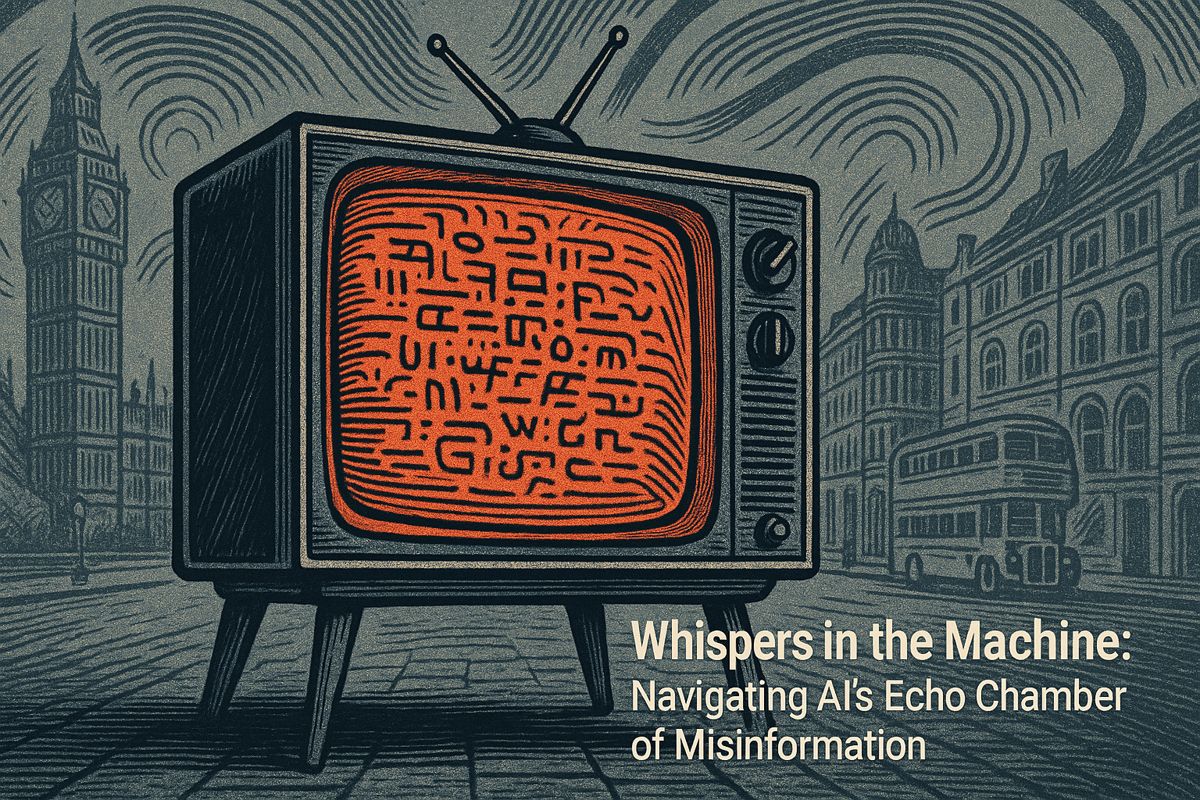Leading AI product teams invite user ‘abuse’ to sharpen roadmaps, deliberately encouraging people to test, bend, and even break new features. This strategy of “controlled chaos” is essential for building better, stronger, and more intuitive products. By observing how users creatively misuse tools, teams uncover emergent needs, identify critical security risks, and gain a clear path toward ruthless simplification as they scale.
Embracing Creative ‘Abuse’ to Uncover Hidden Demand
This strategy allows teams to discover unexpected user needs and system weaknesses early in development. By observing how users creatively ‘abuse’ a tool, product leaders can identify which features are most valuable, prioritize security fixes, and build a more resilient, user-centric product.
Unlike projects confined to rigid requirements documents, hackable products embrace reality from day one. For example, Claude Code initially provided bare-bones terminal access and observed users scripting complex pipelines. This phenomenon, which Boris Cherny terms “product overhang,” allowed the team to let early adopters discover the model’s full power before a polished UI was even designed.
However, inviting such open exploration introduces tangible risks. A World Economic Forum brief on AI hacking notes that generative models in open tools contributed to a 75 percent increase in cloud intrusions between 2023 and 2024 link. Managing this exposure demands meticulous audit logs, rapid patch cycles, and a commitment to redesigning features when attack vectors emerge.
From User Hacks to Core Features: The Simplification Playbook
Observing real-world traffic is a powerful tool for fighting complexity. After shipping a menu of single-purpose helpers, the Claude Code team noticed that most could be replaced by a universal Bash interface. Cherny explained to The Pragmatic Engineer that removing these options reduced prompt noise and significantly boosted reliability link.
A similar pattern gave rise to Facebook Dating, which was developed after the company observed users repurposing event invites and other features as makeshift matchmaking tools. Teams that systematically log these organic workarounds gain a free and accurate forecast of their most valuable future features.
A Resilient Loop for Focus and Growth
This development philosophy follows a repeatable, two-phase loop designed for resilience and focus:
- Ship Minimal Primitives: Release core, extensible functionalities without excessive guardrails.
- Instrument and Observe: Monitor everything to identify unexpected or creative workflows.
- Patch Gaps Rapidly: Implement sandboxing, token limits, and behavioral alerts to close security holes fast.
- Productize and Prune: Formalize the most useful user hacks into official features, then eliminate redundant paths.
This cycle repeats as both the AI models and the user base evolve. As product leader Cat Wu notes, new experiences must feel intuitive from the start, even when powered by deep autonomy. Simplicity isn’t a launch-day luxury but a moving target that must be tracked with every iteration.
Key Metrics for Scaling Hackable AI
As the product grows, success is measured by its resilience and focus, not just its feature count. Key metrics include:
- Time-to-Patch: The duration from the discovery of an abuse pattern to the release of a fix.
- Core Primitive Adoption: The percentage of daily commands executed via core primitives instead of legacy helpers.
- Context Reduction: The average decrease in context window tokens after each feature consolidation.
These indicators reveal whether a product is growing more robust or merely more bloated. Hackability without consolidation leads to sprawl, while consolidation without exploration risks obsolescence. The continuous tension between these forces is what keeps AI products useful, defensible, and ready for the future.
What does it mean to build a ‘hackable’ AI product?
A ‘hackable’ product is intentionally open-ended: it exposes raw primitives – commands, hooks, file-system access – instead of locking every interaction inside a polished UI. Users start bending the tool to their own workflows right away, and the team watches. Boris Cherny frames the process as “build it bare-bones, then watch how people ‘abuse it’ – that’s your roadmap.” Cat Wu adds that the goal is no onboarding friction: “Everything should be so intuitive that you just drop in and it works.” This philosophy turns unexpected behavior into signal instead of noise.
How does Claude Code turn user ‘abuse’ into product features?
Claude Code ships with hooks, custom slash-command files and full Bash access. Early adopters immediately scripted multi-step debugging loops or piped logs straight into the agent. Instead of treating these work-arounds as edge cases, Anthropic formalised them: the agent now ships with native Bash tooling, a CLAUDE.md guide for project-specific scripts, and Unix-style piped input support. Bash became the universal interface, scrapping several single-purpose micro-tools and shrinking the context window the model must juggle.
Why is simplification just as important as new features?
Feature creep inflates context, slows the model and confuses users. The Claude Code team regularly ‘unships’ capabilities once a simpler primitive covers the same need. Each reduction lowers cognitive load on both human and model, making the agent faster and cheaper to run. This approach echoes industry feedback that 47% of security teams now cite “too many exposed controls” as a top concern when evaluating agentic AI tools.
What security guardrails keep ‘hackable’ from becoming ‘exploitable’?
Openness invites risk: Anthropic’s threat report shows a 75% rise in cloud intrusions traced to adversarial use of generative AI in 2024-25. Their response is layered:
– Commands run inside a sandboxed Bash environment with audit logging
– Sensitive actions require explicit user confirmation
– Agentic behaviour is continuously scored against a policy model
These controls aim to preserve creative exploration while blocking automated exfiltration or prompt-injection attacks.
Which well-known products began as user hacks?
Facebook Dating launched after years of romantically themed Groups and Secret-crush hacks inside the main app. Instagram’s “Reels” rose from users stitching together story clips with music. Both teams studied the organic behaviour, then packaged it into first-class features. Inside AI tooling the pattern repeats: Claude Code’s universal Bash layer replaced a pile of brittle plug-ins, and Cursor recently recruited Cherny and Wu to surface even more latent capabilities. The lesson: if users keep hacking the same shortcut, promote the shortcut – and keep watching for the next one.



















